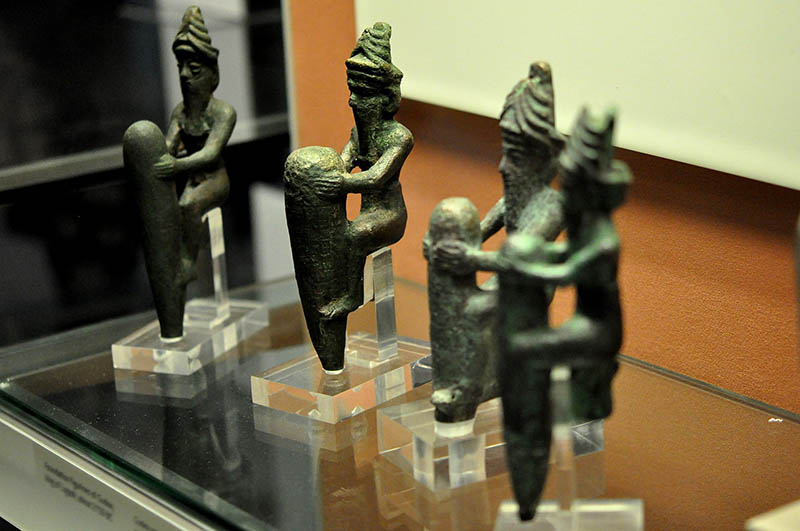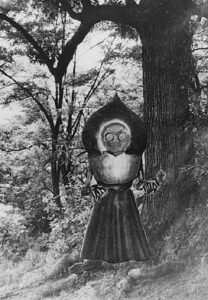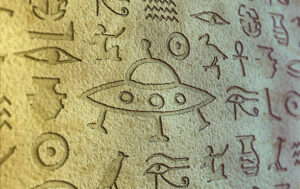The Anunnaki are a group of ancient deities in Mesopotamian mythology. The term “Anunnaki” means “the ones who came from heaven to earth” in Sumerian, the language spoken in ancient Sumer, which is modern-day Iraq. They are often depicted as god-like beings with wings and are said to have had an enormous influence on human civilization.
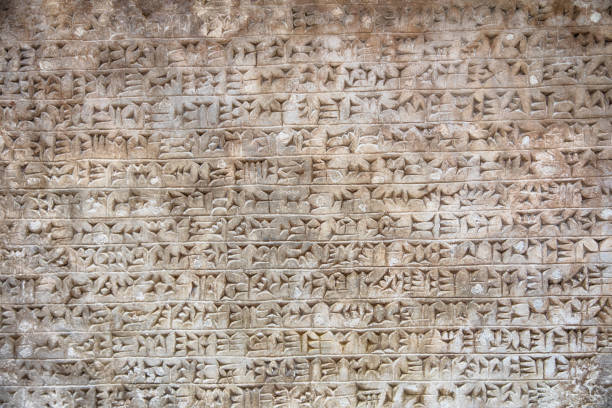
Sumerian Mythology
According to ancient Sumerian mythology, the Anunnaki were created by the god Anu, who was the ruler of the sky. They were tasked with creating and maintaining the world, including the creation of humans. The Anunnaki were said to have come to Earth in search of gold, which they needed to sustain their own planet’s atmosphere. They genetically modified humans to make them easier to control and mine the gold.
The Anunnaki were believed to be immortal, living for thousands of years. They were said to have ruled over the human population as gods and goddesses, demanding worship and sacrifices. Their influence was said to be felt in all aspects of life, from agriculture to politics.
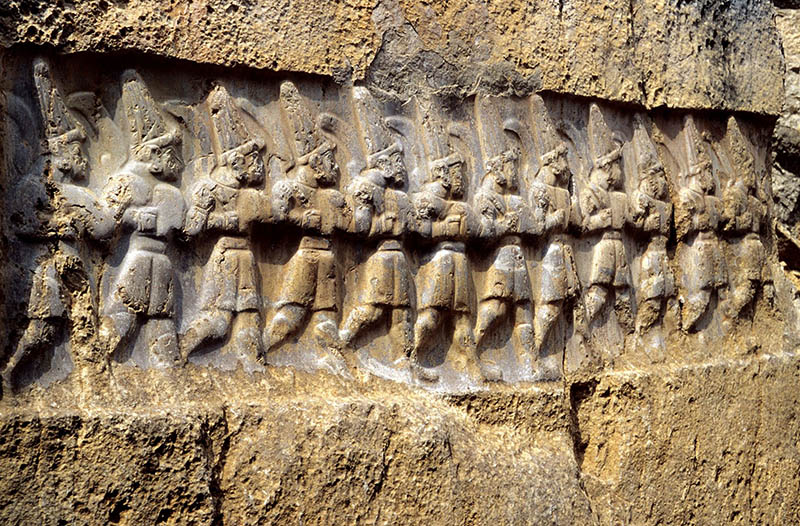
Epic of Gilgamesh
One of the most famous stories involving the Anunnaki is the Epic of Gilgamesh. In the story, Gilgamesh, the king of Uruk, seeks immortality by searching for the plant of life. Along the way, he meets Utnapishtim, a survivor of the great flood who was granted immortality by the gods. Utnapishtim tells Gilgamesh that the gods decided to destroy humanity because they had become too noisy and rowdy. However, one god, Ea, decided to warn Utnapishtim and instructed him to build a boat and fill it with animals and his family.
The Great Flood
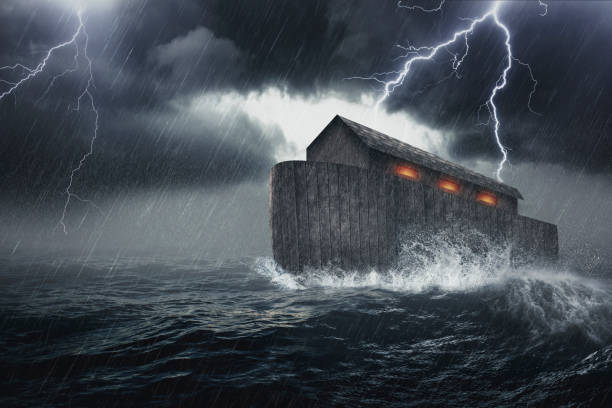
The Anunnaki flood myth is a well-known story in ancient Mesopotamian mythology. According to the myth, the gods decided to destroy humanity with a great flood because they had become too noisy and rowdy. One god, Ea, decided to warn Utnapishtim, a survivor of the flood, and instructed him to build a boat and fill it with animals and his family. The flood lasted for seven days and seven nights, and when it was over, Utnapishtim sent out birds to find dry land. The story of the Anunnaki flood myth is strikingly similar to the biblical story of Noah’s ark, leading some scholars to believe that the two stories are connected or influenced by each other.
Garden of Eden and Creation of Man

The Anunnaki Garden of Eden myth is another well-known story in Mesopotamian mythology. According to the myth, the god Enki created a beautiful garden for the goddess Inanna. In the center of the garden was the Tree of Life, which granted immortality to whoever ate its fruit. However, Enki warned Inanna that eating the fruit would bring knowledge and wisdom, but also pain and suffering. Despite the warning, Inanna ate the fruit and became wise but also suffered greatly. This story has similarities to the biblical story of Adam and Eve in the Garden of Eden, leading some scholars to believe that the two stories share a common origin. The myth of the Anunnaki Garden of Eden is often interpreted as a cautionary tale about the dangers of seeking knowledge and wisdom.
Ancient Monuments

The Anunnaki are often believed to have played a significant role in the construction of many ancient monuments, such as the pyramids in Egypt and the Stonehenge in England. According to some interpretations of ancient texts, the Anunnaki possessed advanced technology and engineering skills that allowed them to construct these massive structures with precision and accuracy that would be difficult to achieve even with modern tools. Some people believe that the Anunnaki provided humans with the knowledge and assistance needed to build these monuments, and that they may have even used them for their own purposes. However, this idea is not widely accepted by mainstream scholars, who generally believe that these monuments were built by skilled human labor over long periods of time. Nevertheless, the notion of the Anunnaki’s role in the construction of ancient monuments continues to fascinate and intrigue many people.
Anunnaki, Myth and Legend
While the existence of the Anunnaki is a matter of myth and legend, many people believe that they were real beings who played a significant role in human history. Some even believe that the Anunnaki still exist today and are responsible for many of the world’s mysteries and unexplained phenomena.
The Anunnaki are a fascinating and mysterious group of deities who have captured the imaginations of people for centuries. While their existence is not scientifically proven, their influence on ancient civilizations and their alleged role in the creation of human civilization make them a subject of continued fascination and speculation.

